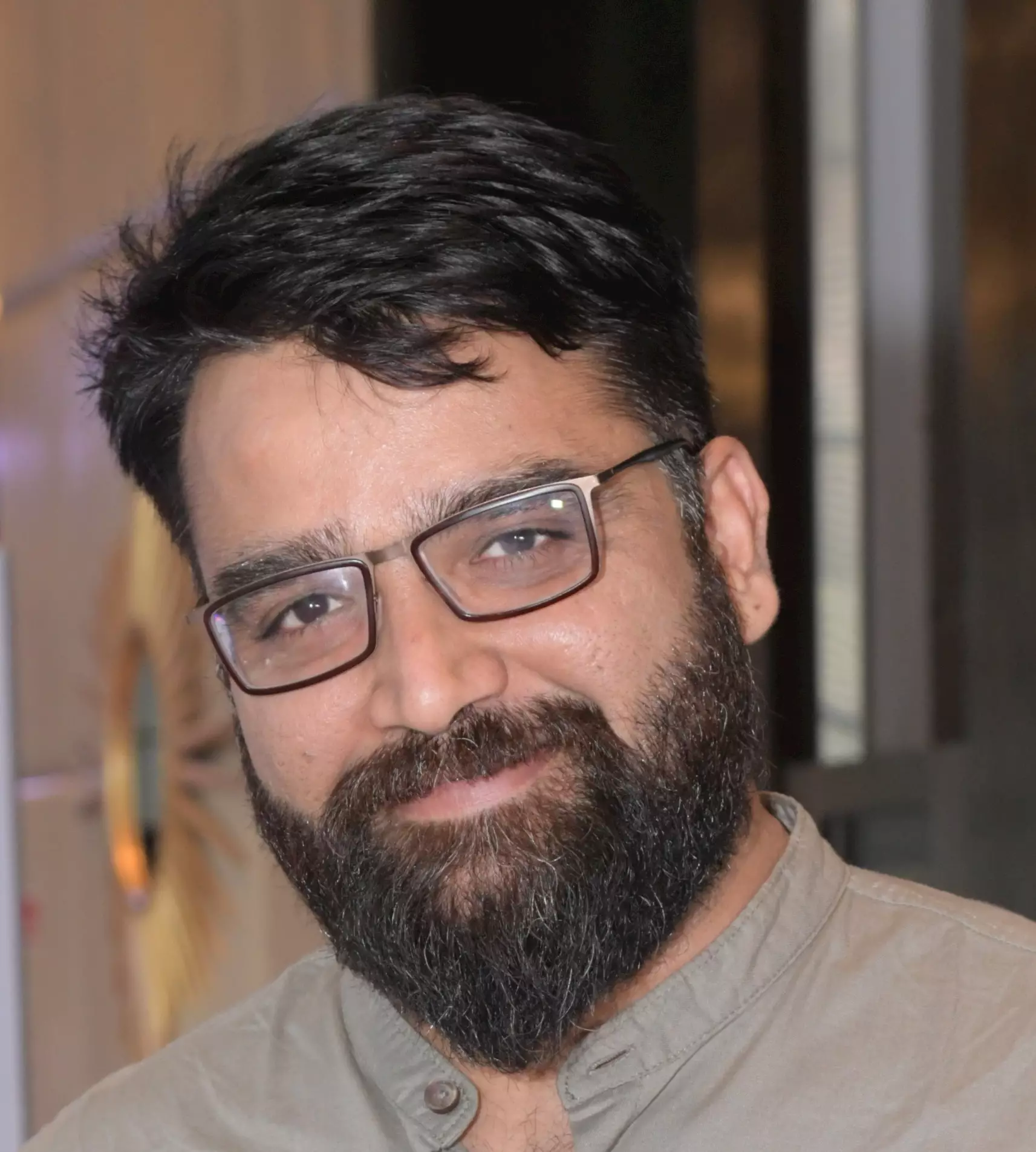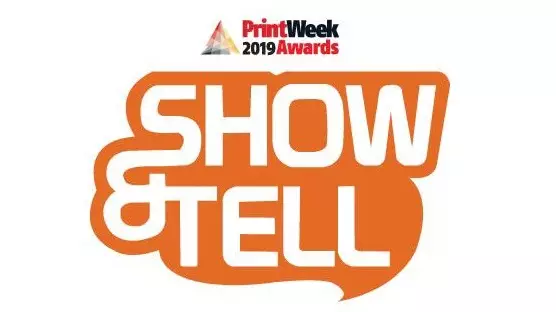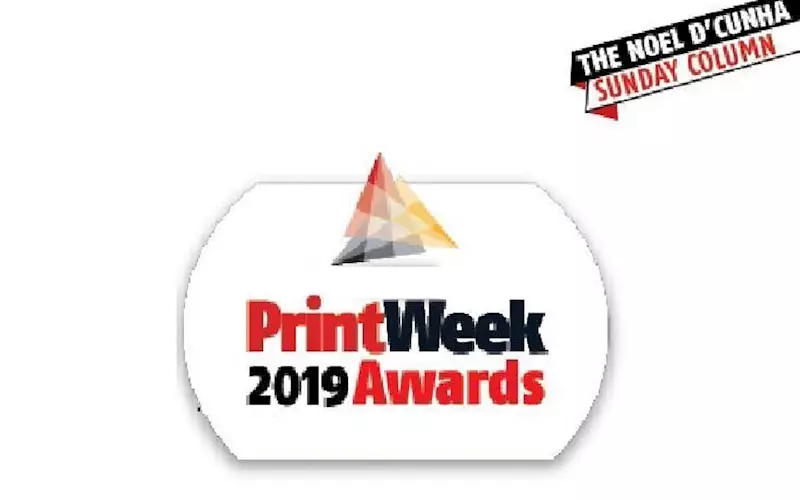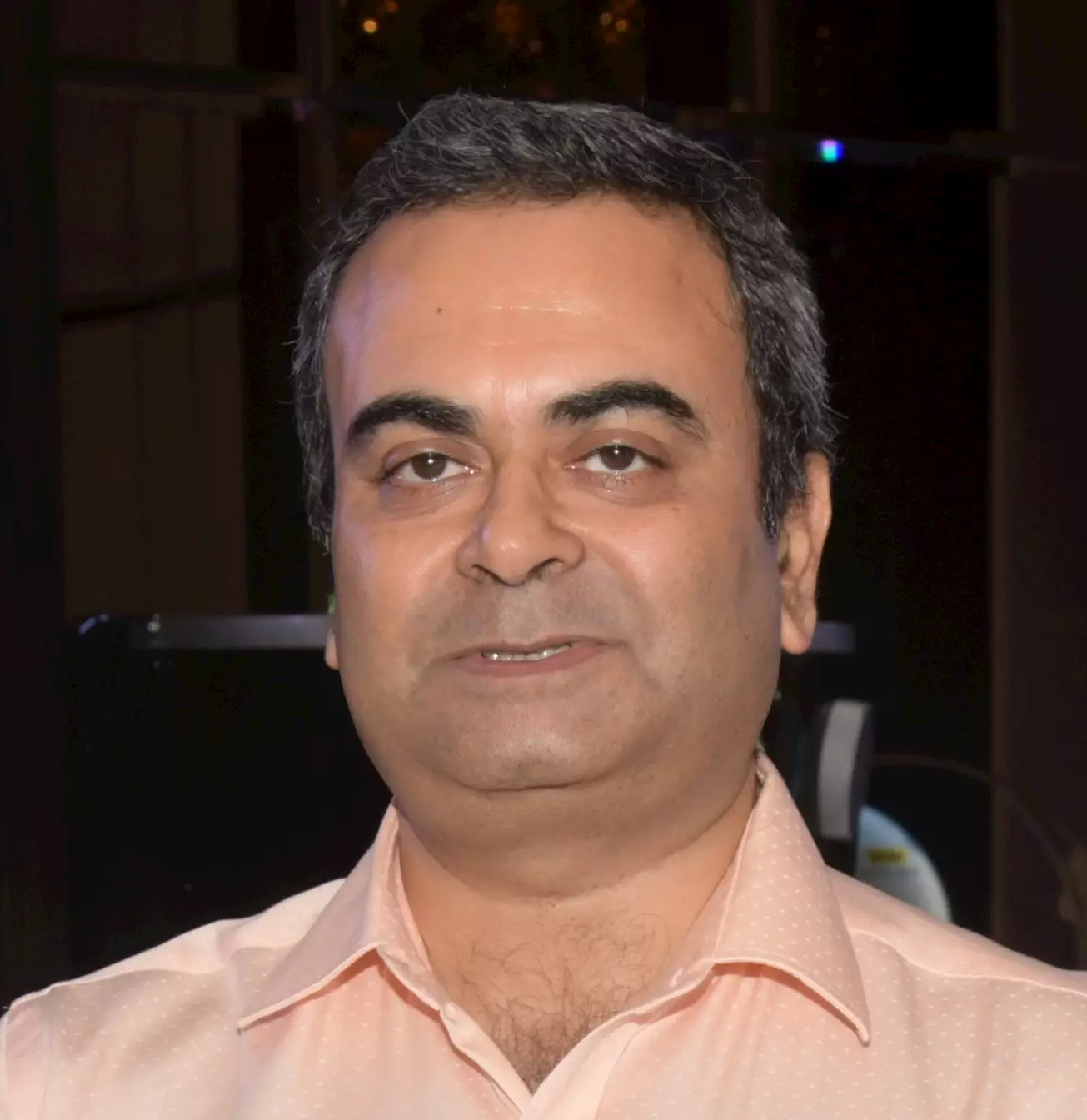Show and tell about your innovation, that's the way, say print and packaging experts - The Noel D'Cunha Sunday Column
Show and Tell about your innovation, that’s the way, say print and packaging experts
Print has always shown that it can deliver a real-world impact like no other medium. However, there’s little shouting about these successes.
In this Sunday Column, nine creative and print-packaging experts from brands share their insights on print’s clout
15 Nov 2019 | By Noel D'Cunha
Amit Kale, Reliance Industries

Today, the problem is that sustainability is not scalable. So if we want to have longer runs, we cannot use sustainable material. That's a bigger problem. Therefore, we need to think of developing packaging for aspects such as quality, timely delivery, price and sustainability.
Sustainability is a buzzword nowadays. However, sustainability is not only about plastic or paper. Around 20 years ago, the paper was seen as an enemy because of deforestation. Plastic became a more viable solution for packaging. Now plastic is seen as an enemy to the environment, which it is not.
Plastic protects the product and helps the consumer use it. For example, a packet of chips. It costs Rs 10, but if sustainable or biodegradable material is used to pack the chips, the cost would be far more.
I think the problem is not using sustainable material but disposal and collection. We need to educate customer by printing information on the pack on how to dispose it. But, it WhatsApp messages which are believed. For example, there was a message asking people to push the cap of a packaged bottle into the bottle. This exercise actually causes difficulties in recycling, because the bottle and cap are made of two different materials.
The government is now imposing new regulations like registering with the Central Pollution Control Board (CPCB), and collecting whatever is discarded. However, we are also moving to single-family PET-poly from poly-poly with some additives. I think this will not help in the long-run because if the PET-poly laminate is not disposed of properly, the whole exercise becomes futile. It has to come back to the recycler if single-family PET-poly usage has to succeed.
As an organisation, our company is focussing on educating the consumer on how exactly they have to dispose of waste, and how to bring it back into the recycling process. Unfortunately, it may take some time because what we have observed that the packaging waste is thrown such that it cannot be seen, hence the difficulty in collection.
We are also working on minimising the weight of the bag and minimising the packaging consumption. But it is on a very small scale and it is not going to help much for sustainability. What is going to help is educating the consumers.
Janak Bhatt, Pristine Ideas

I think the “Show & Tell” event hosted by PrintWeek on 2 December 2019, is a perfect platform for doing it.
Let’s us promote this initiative of PrintWeek, which seeks to boost co-creation and collaboration, printing at a different level, rather than making it a commodity.
For the last 10 years, I have been hearing that – print is going to die. But it has survived, and I am sure it’s going to. It will need elements of sensibilities added, like texture, touch and feel, which will become an attraction to the consumers.
Once we connect with the emotions of the consumer through print, the product will sell, and print will prevail.
Manali Anare, Bizongo

So it was definitely insightful for us to understand the extent to which we can bring in the tech into a print.
I can’t see a day without packaging. Packaging, any which way is mandatory for a product to reach the shelf. The brands bombard a lot of information to its consumers through advertisements, and also on packs.
As such, the consumer is exposed to a lot of information on a day-to-day basis. It is, therefore, important for the packs to carry the required information in a simplistic manner. At Bizongo, we try to drive this minimalism aspect into the packs, and then how to enhance the experience through the pack. Here content is the king and experience becomes the prime factor.
Rajnish G Shirsat, R&S Enterprises

My tip: Be prepared for what the Government of India can offer in terms of jobs. There are many agencies such as EPCG and ECGC. "Please do register" that's what I will definitely encourage them to do. Participate in exhibitions first. Take a look at what the buyers are talking about, what are the things they're expecting from an Indian point of view, and prepare yourself.
I think there's a lot of emphasis on quality from an international point of view. So prepare yourself before you can actually take the plunge is what I will suggest. Printers or any entrepreneur are very passionate about his production line, his machines, and he feels he's doing a great job. But when you look from an international perspective, the entire tables can turn. So I will say prepare yourself and then get into it rather than just jumping into the bandwagon.
India as a country has been very good from an ASEAN point of view as far as exports are concerned. From the print point of view, it is Africa, where there is a lot of potentials which any printer can cater to.
Then there are developed markets where I feel there is room for good quality work, but the equation changes there because there are a lot of expectations from a buyer based in Europe or any developed countries. So there would be social audits, there would be a lot of FSC-certified papers, things like that.
So, look at every region and think about what a buyer in that region would require. Then think whether you are prepared from your company perspective to fulfil that market. Another simple example I can give is in terms of the handwork. Now, while we have our Indian workers, which is we feel is very cheap, but it's not. Don’t compare yourself with China, where the worker works like machines.
Hence, understand the market, your capabilities and then touch upon the export opportunities.
Sukhdev Singh Saini, Colgate Palmolive

Quality, of course. I think that is something organisations strive for, and everybody wants a quality job and quality things day in day out.
The last thing would be on-time delivery. We should be agile in our ways of working. And I think the time taken to deliver the product in the market should also be world-class.
I was asked, if there's a spaceship that's going into outer space, and we've put you in that spaceship and you are permitted to carry only two or three packaging items, what would that be?
It’s a very difficult question, but a multi-layer ketch-up bottle would certainly be one thing I would like to carry. The other would be a milk pack. As a kid, I always used to be fascinated by the distribution chain – the huge number of houses it goes to yet remaining safe for consumption.
Yes, then came Tetra Pak.
So yes, a ketch-up bottles and Tetra Pak milk packs would be two of my must carry items.
Amit Saurkar, MTR Food
It's the fifth year I have been a member of the PrintWeek Award jury.
I have seen samples which are sustainable, taking care of the environment in terms of metal transfer on the board.
Usually, the norm is to use METPet lamination on board, but here I saw a sample where the board has been metalised.
There was a good use of Fresnel lens, spot varnish, gloss and matte combination.
I was also impressed with the combination of screen as well as hot foil stamping, the matte-gloss combination on some of the samples.
With the help of all these different post-printing effects, print job looks aesthetically appealing.
Maneesh Sharma, Future Consumers
I think the packaging is all about creating a brand out of something which is ordinary or creating something extraordinary out of ordinary, and also create a story around it.
More importantly to create experiential engagement, which actually helps the consumer to feel the luxury and kind of pride in terms of whatever they're picking up.
Today we see eggs being packed like a premium liquor, with a booklet which talks about the product.
Today packs have to not only deliver a product as well as protect it, but also give a good unboxing experience.
Packaging has added an element of brand building.
Deepti Kshirsagar, Tricycle Tribe Creative Ventures
Digital printing’s entry into packaging is very interesting. There are a couple of reasons. There are start-ups who are doing experimental packaging.
Digital print technology is now capable of delivering print, which can match screen print. We saw some samples at the PrintWeek Awards. Even die-cutting is digital.
Packaging is more like a holistic customer experience where customisation plays a very big role. Digital printing gives that leeway. I am sure that digital printing will grow in time to come.
I think developing packaging is a collaboration between the designers and the converter.
While we as designers would visualise something, it's the printer or the converters who would help us achieve that extra mile if we work together.
Sheetal Dandekar, JB Chemicals & Pharmaceuticals
My company operates in the pharma segment, which is a regulated market. There are new regulations being introduced for packaging.
Innovations will help not only create differentiation, but also take care of counterfeits, which is a big problem faced by the pharma industry.
I saw a medicine pack which had branding in Braille I would like to see Braille on strips.
It would really help in pharma marketing.
Show & Tell on 2 December 2019
The Jury Day is an absolute tonic. And this year, the tonic has given us super-strength. Which is why, PrintWeek is hosting the Show & Tell on 2 December from 10:00am to 1 pm at the Sofitel Hotel (BKC) in Mumbai.

So, what is Show & Tell?
1. Share one print and packaging sample and talk about the fabulous print, repro and finishing skills, and coming up with clever new ways of producing things.
2. Share one print and packaging product that you think has created a benchmark in the Indian print and packaging industry.
3. Share one innovation effort where the process was unique or there was a model innovation or the environmental application was absolutely world-class.
We are hoping each Show & Tell presentation does NOT exceed more than 10 minutes.
Over 180 minutes, we have 20 scintillating Show & Tells.
Feel free to let me know in case of any queries on noel@haymarketsac.com















 See All
See All